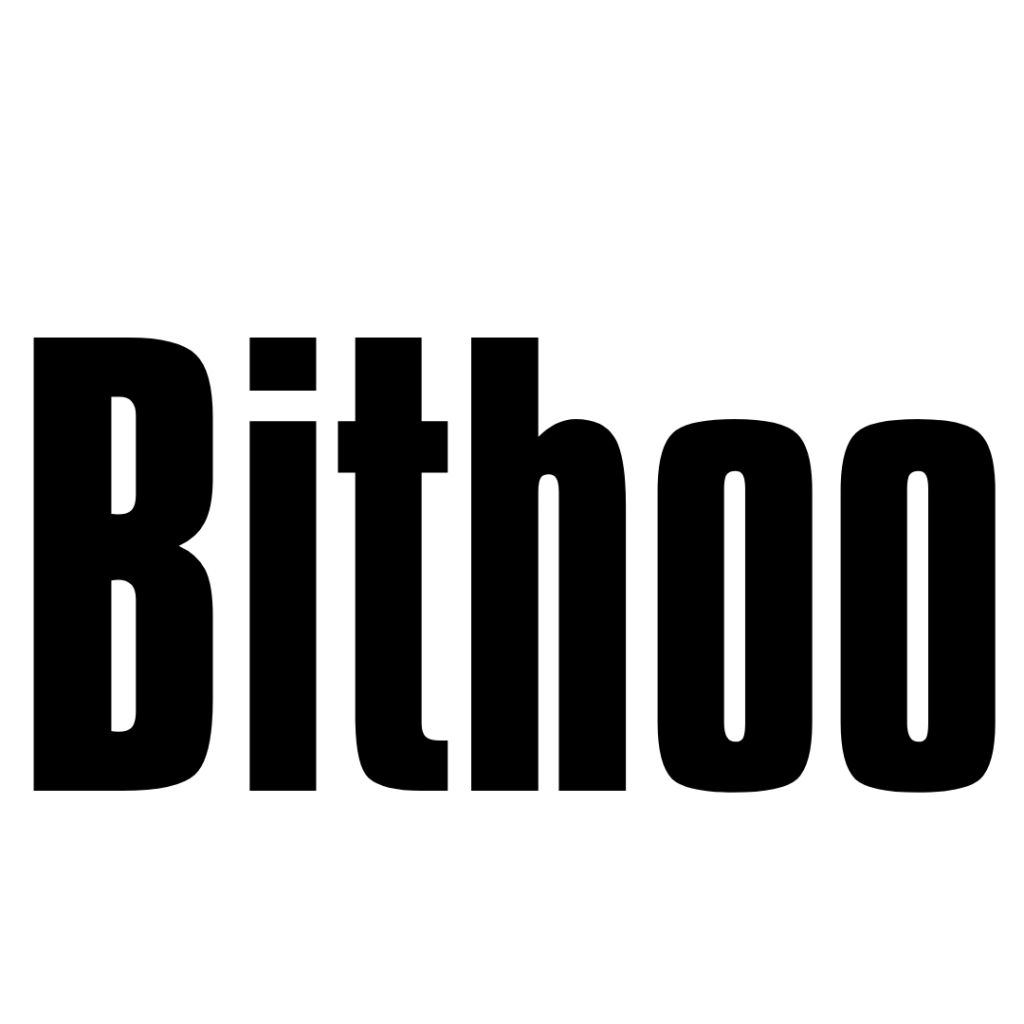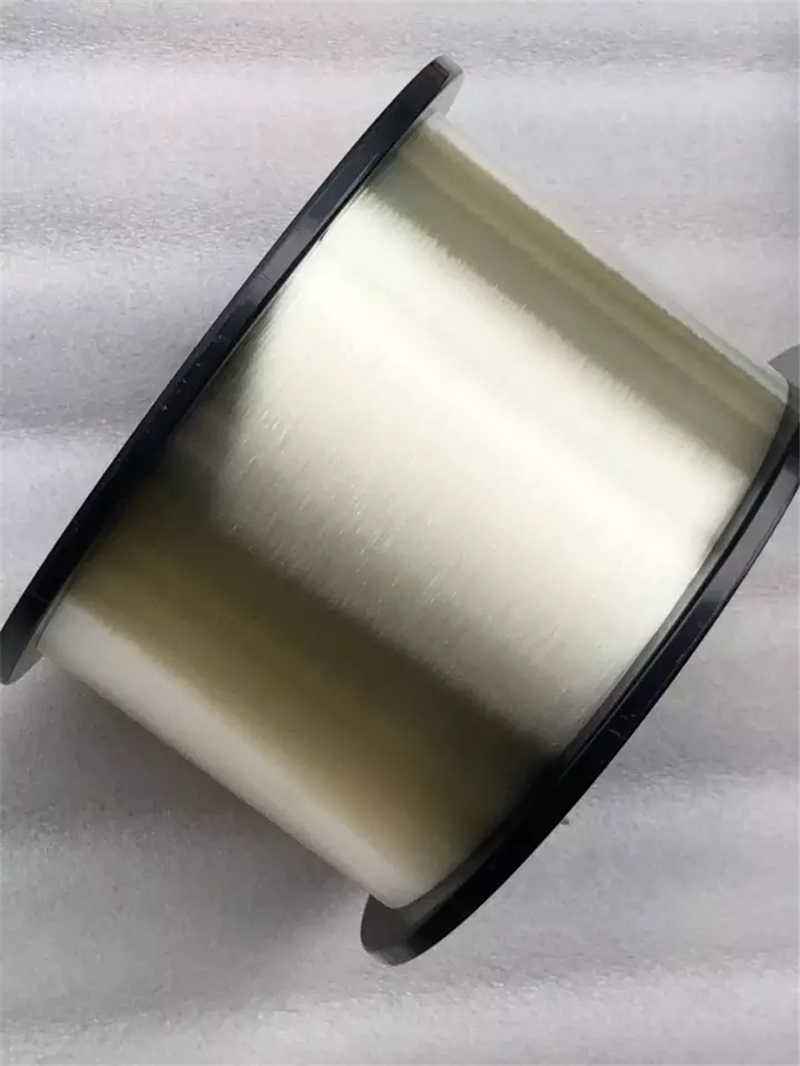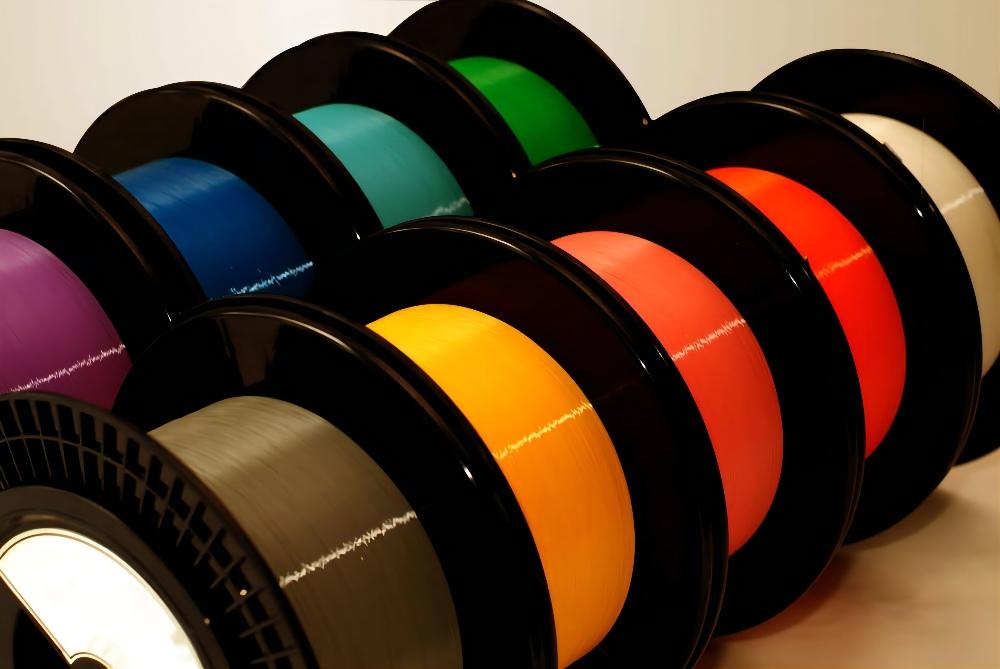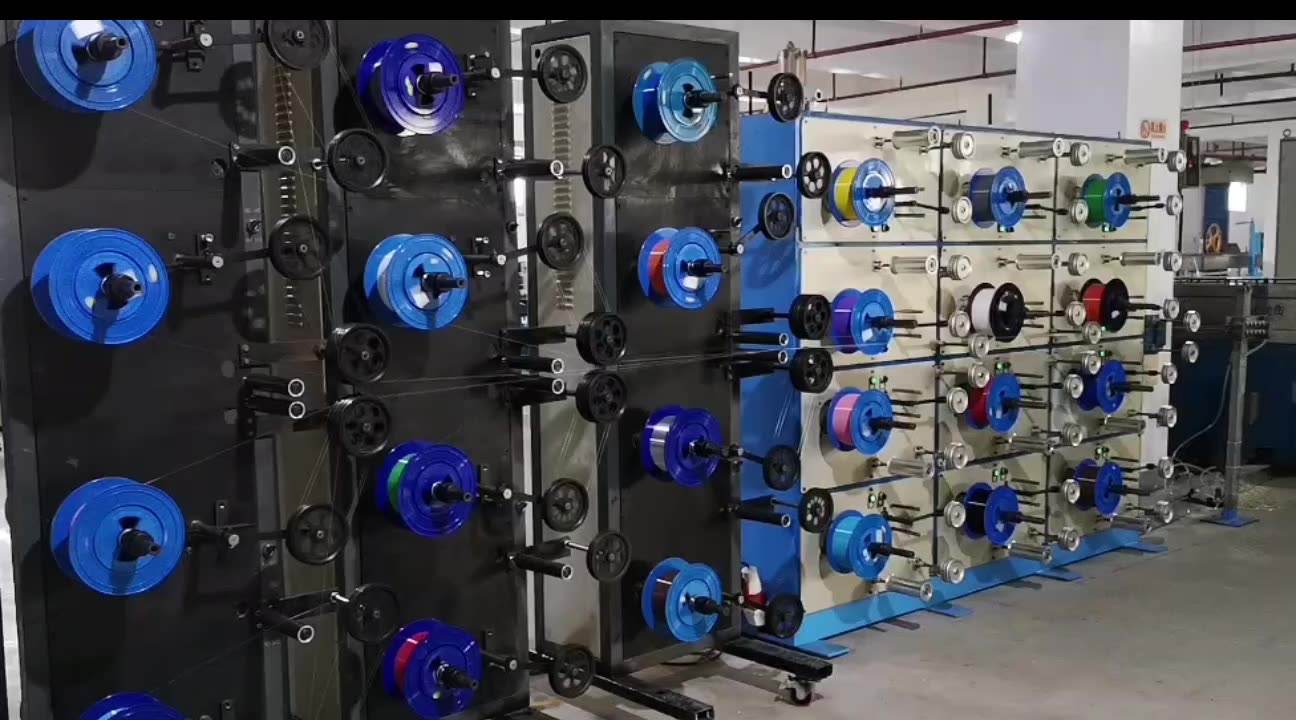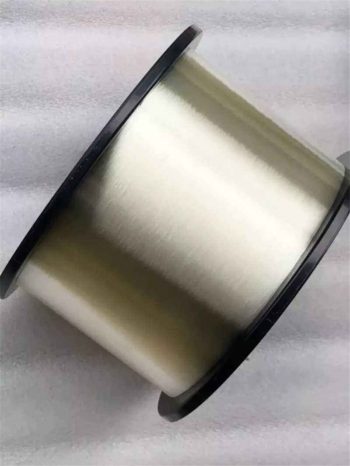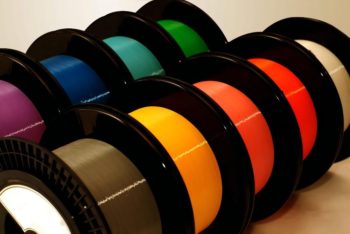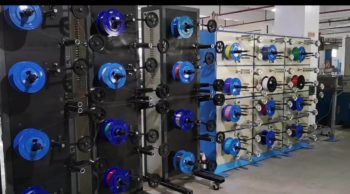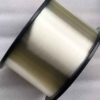Optical Bare Fiber Application
Due to the excellent attenuation and bending resistance of low-loss bend-insensitive single-mode fiber, it can be fully compatible with different cabling systems in different installation environments in backbone networks, metropolitan area networks, access networks, and indoors.
Product Standard
Low-loss bend-insensitive single-mode fiber meets or exceeds ITU-T recommended G.652.D/G.657A1 fiber specification and IEC 60793-2-50
B1.3/B6.a1 type optical fiber specification.
Product Features
- Excellent bending resistance and low loss performance
- Realize the transmission of 1260nm~1625nm full band, which improves the system transmission capacity
- Low attenuation to meet the needs of long-distance transmission
- In the case of small radius bending, the fiber can suppress the bending loss well
- Precise geometric parameters ensure low splice loss and high splice efficiency
Optical Properties
|
Characteristic |
Condition | Data |
Unit |
||||
|
Optical Characteristics |
|||||||
|
Attenuation |
1310nm |
≤0.32 | [dB/km] | ||||
| 1383nm (after chlorine aging) | ≤0.31 |
[dB/km] |
|||||
|
1460nm |
≤0.31 | [dB/km] | |||||
| 1550nm | ≤0.18 |
[dB/km] |
|||||
|
1625nm |
≤0.20 |
[dB/km] |
|||||
|
Decattenuation change relative to the wavelength |
1285nm ~1330nm, relative to 1310nm |
≤0.03 | [dB/km] | ||||
| 1525nm ~1575nm, relative to 1550nm | ≤0.02 |
[dB/km] |
|||||
|
Dispersion in the wavelength range |
1285nm ~1340nm |
-35-3.5 | [ps/(nm .km)] | ||||
| 1550nm | ≤18 |
[ps/(nm .km)] |
|||||
|
1625nm |
≤22 |
[ps/(nm .km)] |
|||||
|
Zero dispersion wavelength |
― | 1300-1324 |
[nm] |
||||
|
Zero dispersion slope |
― | ≤0.092 |
[ps/nm2.km)] |
||||
|
Typical value of the zero-dispersion slope |
― | 0.086 |
[ps/nm2.km)] |
||||
|
The polarization mode dispersion coefficient (PMD) |
Single optical fiber maximum value |
― | ≤0.1 | [ps/√km] | |||
| Fiber optic link value (M=20, Q=0.01%) | ― | ≤0.06 |
[ps/√km] |
||||
|
Representative value |
― | 0.04 |
[ps/√km] |
||||
|
The optical cable cut-off wavelength |
― | ≤1260 |
[nm] |
||||
|
Die field diameter, (MFD) |
1310nm | 87-9.5 |
[μm] |
||||
|
1550nm |
9.8-10.8 |
[μm] |
|||||
|
Effective group refractive index |
1310nm | 1.466 |
― |
||||
|
1550nm |
1.467 |
― |
|||||
|
Point discontinuity |
1310nm | ≤0.05 | [dB] | ||||
| 1550nm | ≤0.05 |
[dB] |
|||||
| Geometrical Features | |||||||
|
Cladding diameter |
― | 125.0±0.7 | [μm] | ||||
| Non-circularity of cladding | ― | ≤0.7 |
[%] |
||||
|
Coating diameter |
― | 235-245 |
[μm] |
||||
|
Coating/coating concentricity error |
― | ≤12.0 |
[μm] |
||||
|
The coating is not round |
― | ≤6.0 | [%] | ||||
| Core / envelope concentricity error | ― | ≤0.5 |
[μm] |
||||
|
Warg * (radius) |
― | ≥4 | [m] | ||||
| Delivery length | ― | The maximum length of 50.4 |
[km/ tray] |
||||
| Environmental characteristics (1310 nm, 1550 nm, and 1625 nm) | |||||||
|
Temperature additional attenuation |
-60°C to 85°C | ≤0.05 | [dB/km] | ||||
| Temperature-humidity cycle with additional attenuation | -10°C to 85°C, with 98% relative humidity | ≤0.05 |
[dB/km] |
||||
|
Immersion additional attenuation |
23°C, 30 days | ≤0.05 | [dB/km] | ||||
| Heat and heat additional attenuation | 85°C, 85% | g to humidity, 30 days | ≤0.05 |
[dB/km] |
||||
|
Dry hot ball |
85 (30 days | ≤0.05 |
[dB/km] |
||||
| Mechanical Properties | |||||||
|
Screening tension |
― | ≥9.0 | [N] | ||||
| ― | ≥1.0 |
[%] |
|||||
|
― |
― | ≥100 |
[kpsi] |
||||
|
Macro bend attached, plus loss |
Ten laps, with a radius of 15mm |
1550nm | ≤0.05 | [dB] | |||
| Ten laps, with a radius of 15mm | 1625nm | ≤0.3 |
[dB] |
||||
|
1 lap, 10mm radius |
1550nm | ≤0.5 | [dB] | ||||
| 1 lap, 10mm radius | 1625nm | ≤L5 |
[dB] |
||||
|
Coating stripping force |
Typical mean | 1.5 | [N] | ||||
| peak value | 13-8.9 |
[N] |
|||||
|
Dynamic fatigue parameter |
― | ≥20 | ― | ||||
